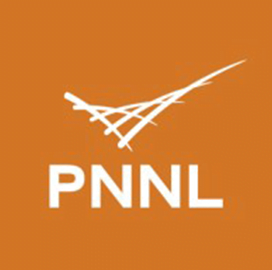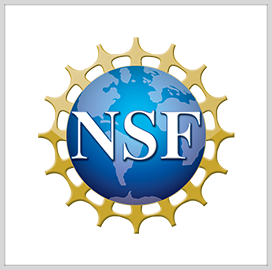
Nuclear threat detection
capability
PNNL Exploring Machine Learning-Based Detection of Rogue Nuclear Threats
The Pacific Northwest National Laboratory is conducting a study aimed at detecting rogue nuclear threats using data analytics and machine learning algorithms. Researchers at the Department of Energy’s national laboratory are employing their knowledge of nuclear nonproliferation and combining it with artificial reasoning to monitor materials that can potentially be used for producing nuclear weapons, TechSpot reported.
The International Atomic Energy Agency is among the entities that can benefit from the ML-powered capability. IAEA currently uses sample analysis and process monitoring and performs in-person inspections of nuclear reprocessing facilities in non-nuclear weapon states to determine whether such facilities develop nuclear weapons using the plutonium extracted from nuclear fuel. The method is both time-consuming and labor-intensive.
PNNL’s algorithms can produce a virtual model of a facility that can be trained to predict how the establishment normally operates. IAEA can remotely inspect the facility and obtain operational data through the virtual model.
PNNL also designed another ML-powered solution that creates an autoencoder model that can be trained to compress and decompress images of microscopic radioactive particles into small descriptions for computational analysis. The model can help identify the changes in the microstructures of radioactive materials because of environmental conditions and other factors and allow law enforcement agencies to compare field samples with the images of microscopic radioactive particles from universities and national laboratories.

Category: Digital Modernization




